With new models, from different manufacturers, rolling out often; the aspiring photographer is overwhelmed with the varieties and it is an ordeal to choose the one that will aid you in your photography endeavour.
Though the word “Camera” sounds singular, what is included in the box is, if not all but many of the components listed below:
- Camera body.
- Lens
- On-board Flash
- Data card/s
- Cables
- Manual
and offers could include common accessories…
- Lens filters (UV/ND/Polarizing)
- External Flash
- Diffusers on the flash
- Tripod
- Screen guard
- Bag / Backpack
All these together make the “camera gear”; the tools that would allow you to achieve images the way you visualized them.
Review discussions on visualization in my other blog. Do note that for achieving a different perspective or while trying a different genre of photography you might have to change one or many of the components.
Which also means that if you aspire to achieve every type of photography with a single gear..that’s not happening..
He who wants to do everything will never do anything – Andre Maurois
Recognise and understand the limitations of your gear and accept compromises and be aware of workarounds if any.
If not everything, gears can do multiple things right. One can build strong gears with the right mix of the various components.
Manufacturers usually release a Camera model in various kit versions.
a. Camera body alone
b. Kit – I = Camera body+Standard zoom(18-55mm)
c. Kit – II = Camera body+Standard zoom+Telephoto zoom
d. Kit – III = Camera body+All purpose lens (18-135/18-140)
Pricing of each kit version differs. To entice and confuse you further, there are amazing combi offers.
Cameras can also be categorized based on the skill set levels. You can get more info on this in my other blog..
And you actually do not need the high-end camera gear unless:
1. You want to pursue photography at a seriously professional level.
2. You have high photography skill sets and aim to shoot images of high quality even at a personal level.
3. You are the “One” with access to unending funds.
What differentiates a Professional Photographer from the Amazing Photographer is that the Professional Photographer earns out of his photography skills. Both of them have almost the same photography skillsets.
Let us understand the common mistakes we commit due to budget constraints:
a. investing in gears with lower features but still expect benefits that it can’t deliver.
b. investing in substandard accessories.
Let’s dwell on couple of scenarios :
Scenario 1
Model A with price X has 8 features of which 5 will definitely aid you.
Model B with price Y (more than X) with 12 great features but only 6 of these features suits your immediate need..which model would you choose.
Unless you have decided to learn and up-skill and will eventually use all the 12 features do not invest in Model B.
Scenario 2
The release time of the model plays a role as well. If a camera model has been around for quite some time, the price comes down a bit. Further price reduction occurs when the model is upgraded with a new release and there could be some very enticing offers of the old model with or without lens combo.
If you are quite serious in your creative pursuit but decided to own the camera with the older tech due to budget constraint, there is good chance that you will grow out of the current gear sooner than planned. In this case, the current gear no longer adequately supports you due to the technical/feature limitations and you will be left longing for an upgrade sooner than later.
Does it mean anyone with a budget constraint can’t do photography; your plan could be one of the below:
a. Buying a Standard Camera (w/few good features) with a very Strong Lens (w/many good features).
b. Buying a Strong Camera (w/many good features) with a Standard Lens (w/few good features).
And your future path will be:
If you choose option “a”, you might have to think about upgrading your Camera when your skills are no longer supported by the features of the Standard Camera.
If you choose option “b”, you will continue to save and invest to build your lens line-up based on the genre of photography you decide to pursue. Over a period of time your camera gear would get strong overall.
I said “many” and not “all”. You can’t expect all the cameras and lenses to have all the amazing features in a budget price. The right combination of the camera and lens can definitely make a strong camera gear.
And you don’t have to own all the components in your gear. You should explore the option to not only rent out lenses and/or accessories but even high-end cameras to learn and experience its features before you actually decide to own them.
Ponder over the rental option even while considering an upgrade.
The best approach would be:
- Think about what kind of photography you wish to pursue now and in the future.
- Think about the level you are at today and what level you would want to get to.
- Think about how much time you are willing to invest to learn, practice and hone your skills.
Your camera gear should match up to these expectations. If you have figured out your “Dream Camera Gear“, Congrats!!


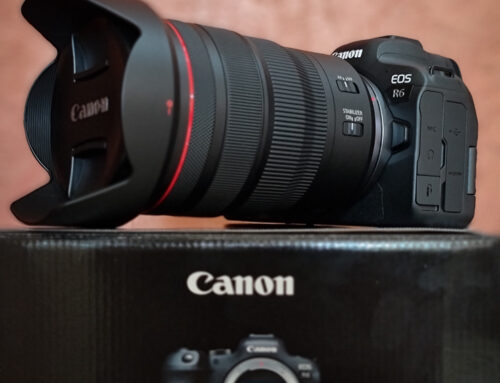
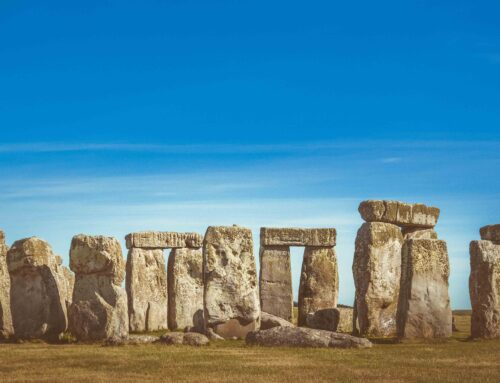
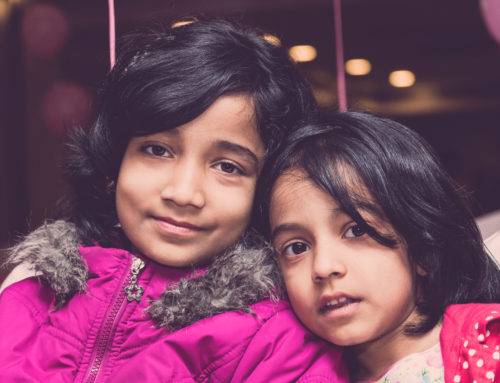
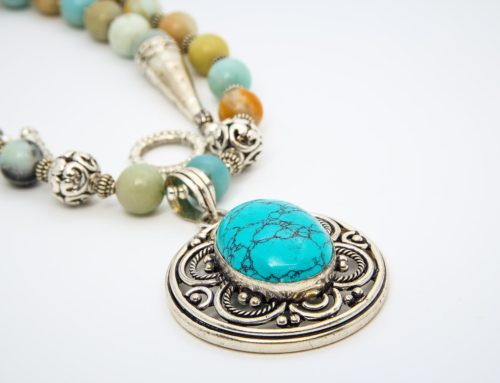
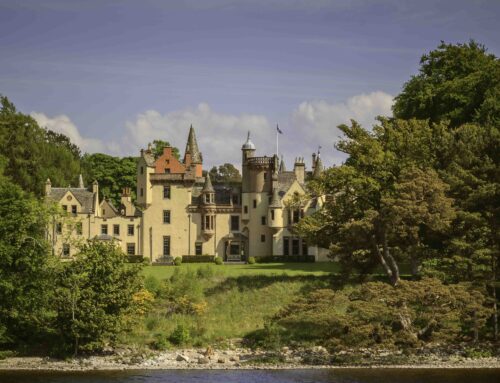
Great insights Santosh..
Thanks Niraj.
Thank you sir for Your suggestion, hopefully it will help me to upgrade my gear in future….
Your are welcome Anand.
My next upcoming blog is on “Approach to Upgrading to your Next Camera”..